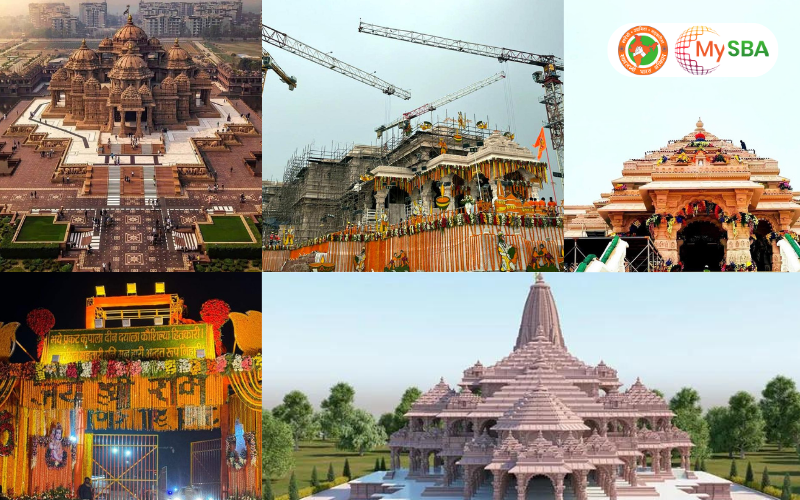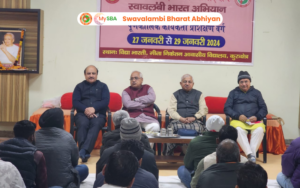Ayodhya Ram Mandir: 10 Fascinating Facts Unveiled
With the grand inauguration of the Ram Mandir in Ayodhya on January 22, delve into the essential facts surrounding this monumental structure.
1. Largest Temple in India:
The upcoming Ram Mandir is poised to claim the title of India’s largest temple, boasting a towering height of approximately 161 ft and a sprawling design covering 28,000 sq ft, conceptualized by Ashish Sompura 30 years ago.
2. Sacred Foundation:
The temple’s foundation is steeped in spiritual significance, incorporating sacred soil from 2587 regions, including Jhansi, Bithoori, Haldighati, Yamunotri, Chittorgarh, Golden Temple, and more.
3. Illustrious Architects:
Crafted by the renowned Sompura family, creators of over 100 temples worldwide, the team led by chief architect Chandrakant Sompura, along with sons Ashish and Nikhil, brings a legacy of temple architecture transcending generations.
4. Stone Construction:
The Ram Mandir stands as a testament to traditional craftsmanship, entirely constructed with stones, omitting the use of iron or steel.
5. ‘Shri Ram’ Bricks:
The temple’s bricks bear the sacred inscription ‘Shri Ram,’ reminiscent of an ancient practice during the construction of Ram Setu, promising enhanced strength and durability.
6. International Gesture:
Soil from Thailand is incorporated in the consecration ceremony, symbolizing international spiritual camaraderie beyond geographical boundaries.
7. Three-Floor Splendor:
Spanning 2.7 acres across three floors, the temple narrates Lord Ram’s life on the ground floor and showcases the grandeur of Lord Ram’s Darbaar on the first floor, crafted with Bansi Paharpur, a pink sandstone from Rajasthan’s Bharatpur.
8. Contribution of Holy Rivers:
The August 5th consecration ceremony utilized holy water from 150 rivers across India.
9. Time Capsule Legacy:
A time capsule buried 2000 ft below the temple preserves relevant information about the temple, Lord Ram, and Ayodhya, safeguarding its identity for future generations.
10. Nagar Style Architecture:
With 360 pillars in the Nagar style, the temple stands as a masterpiece of architectural finesse, enhancing its visual appeal.








